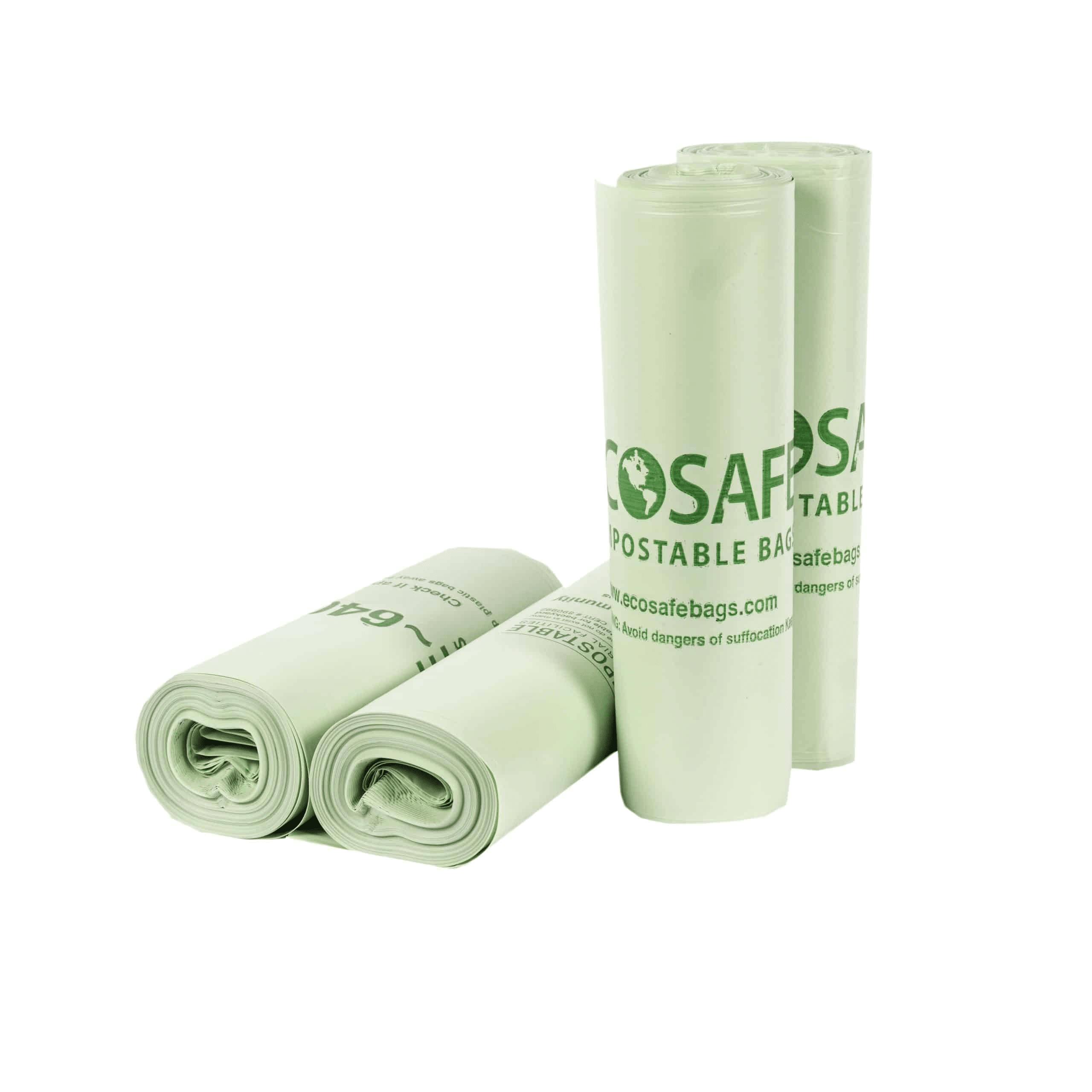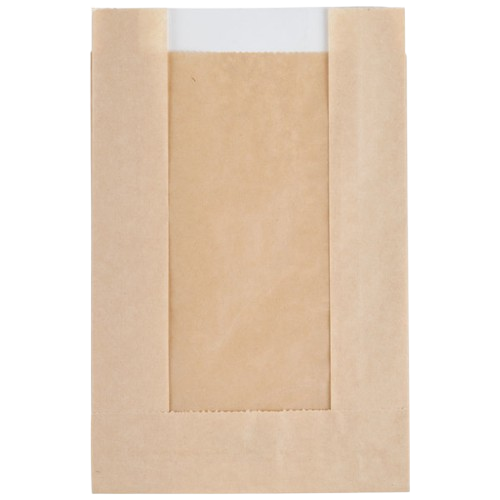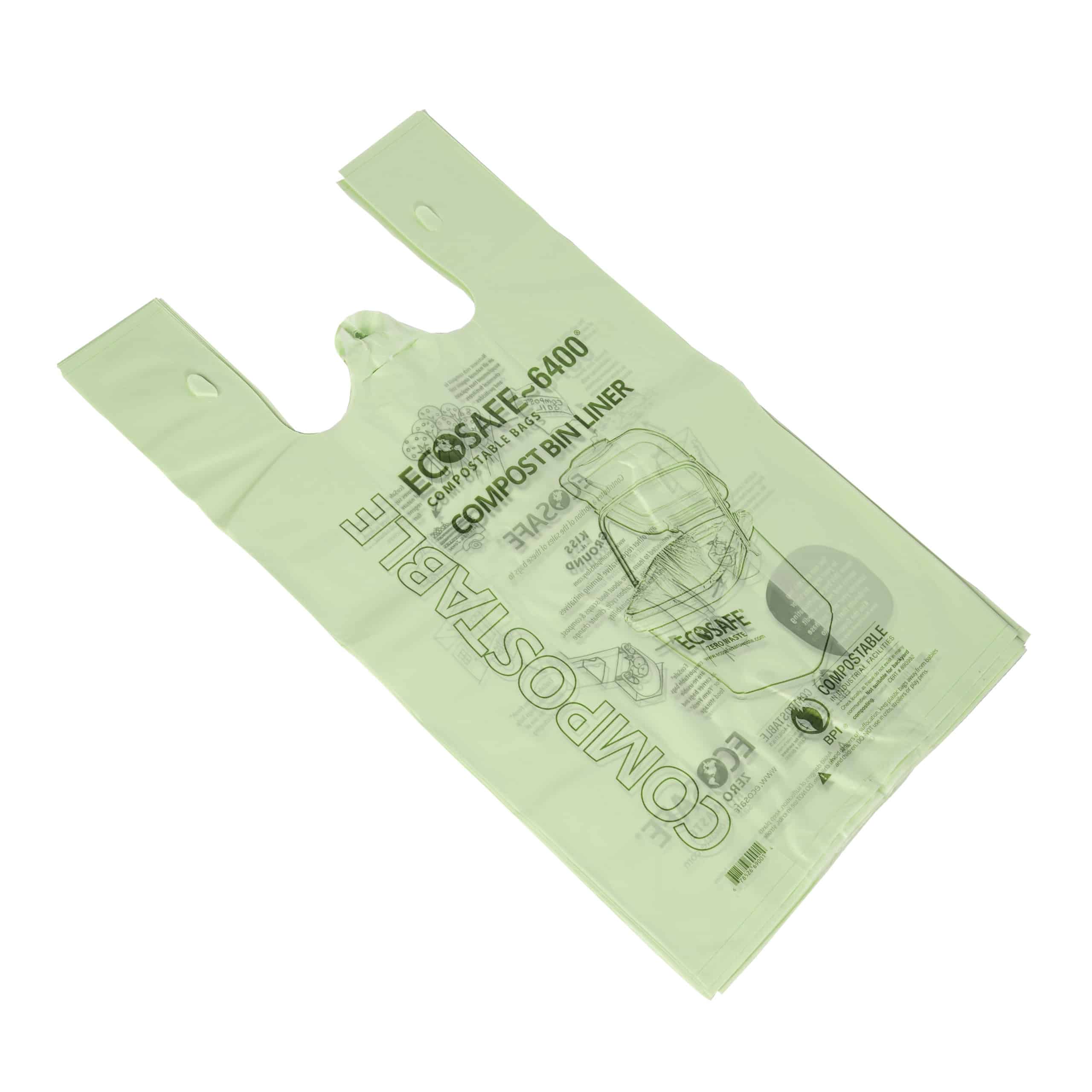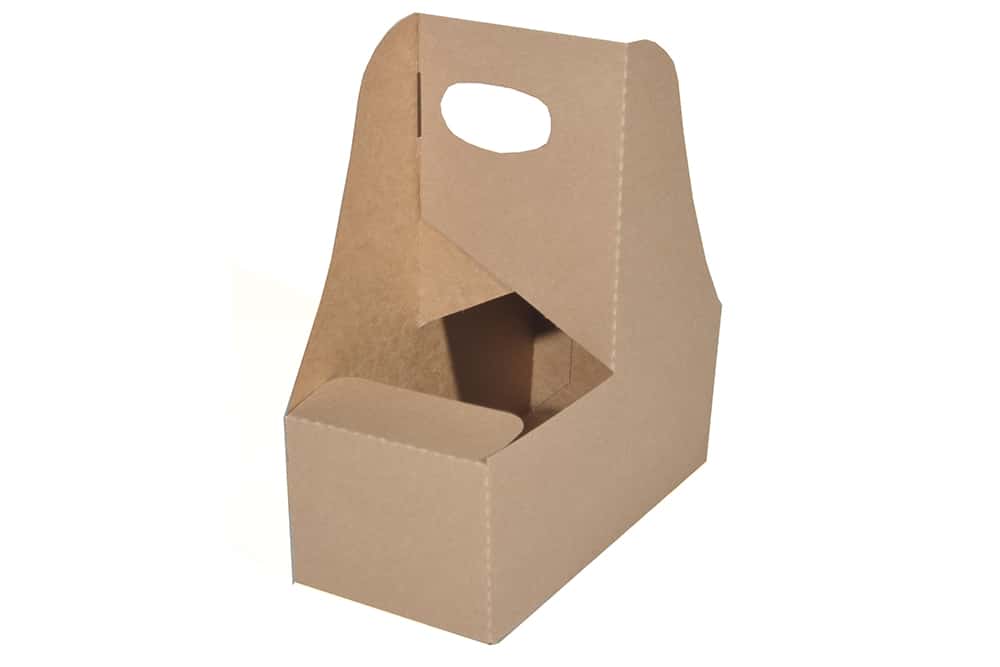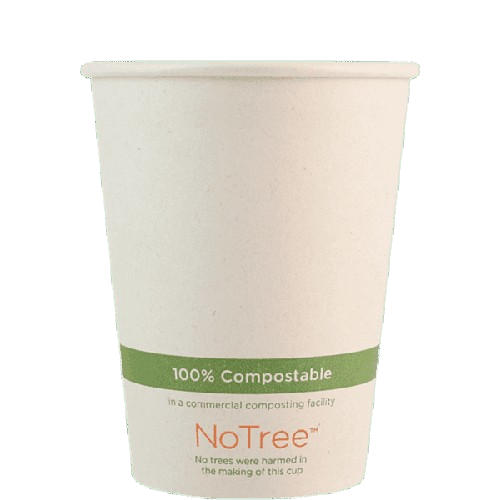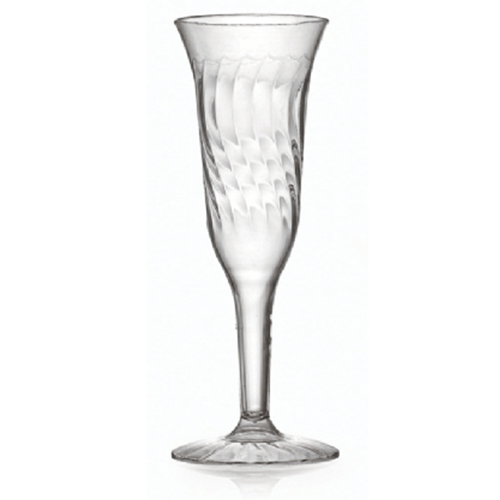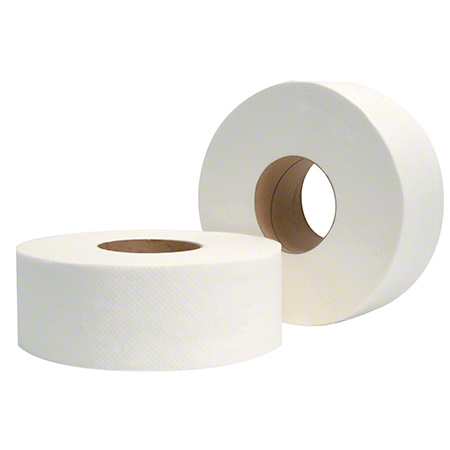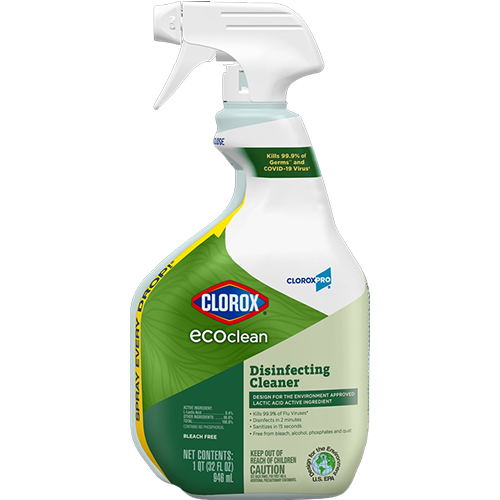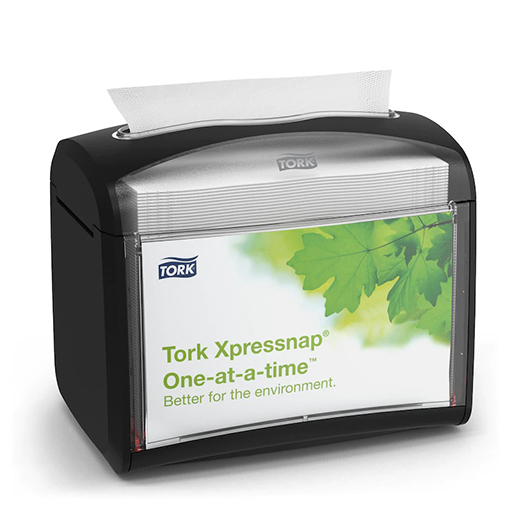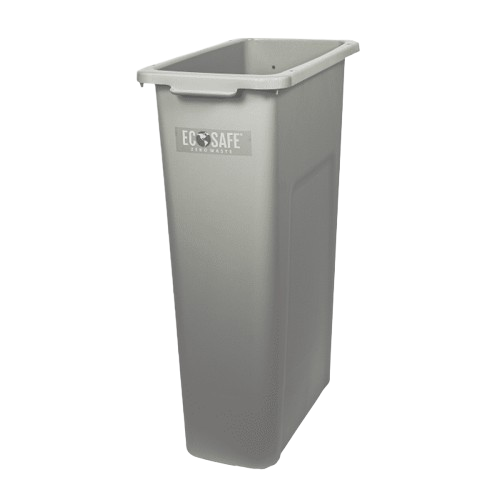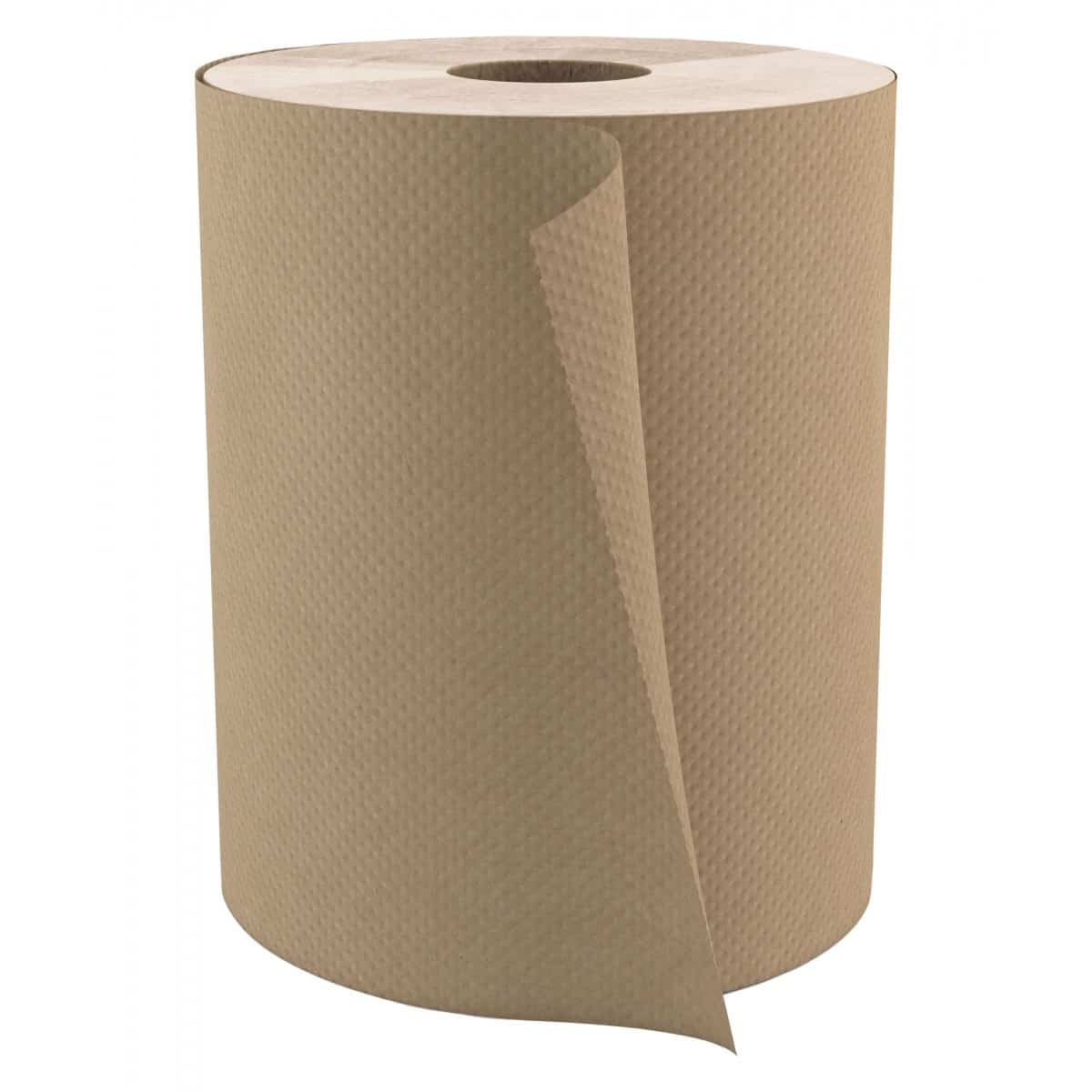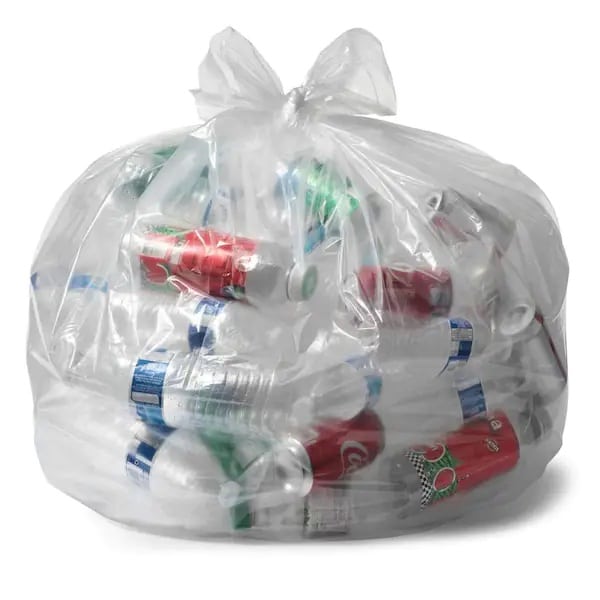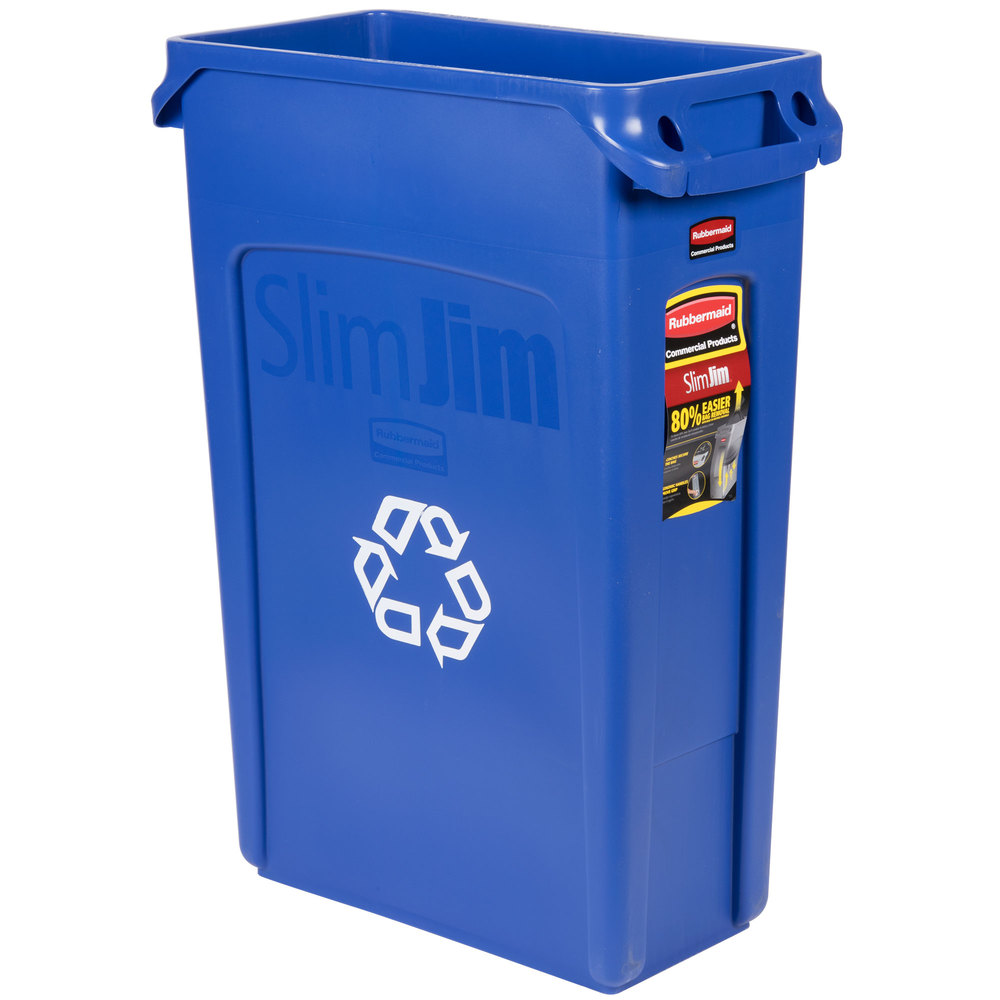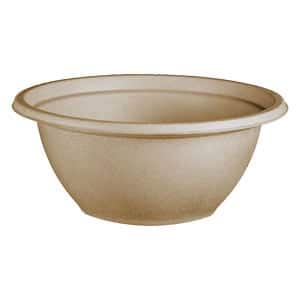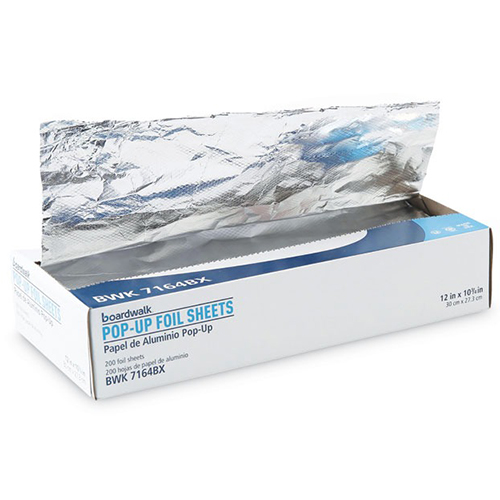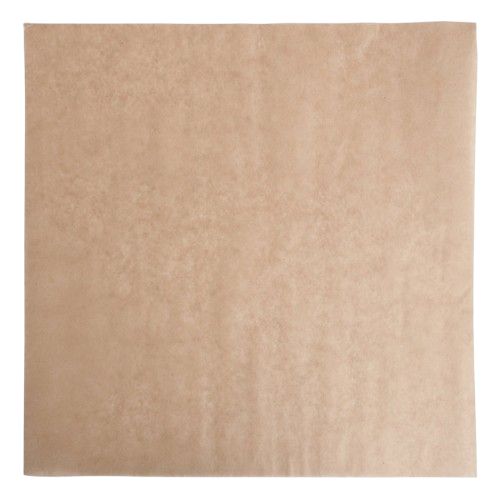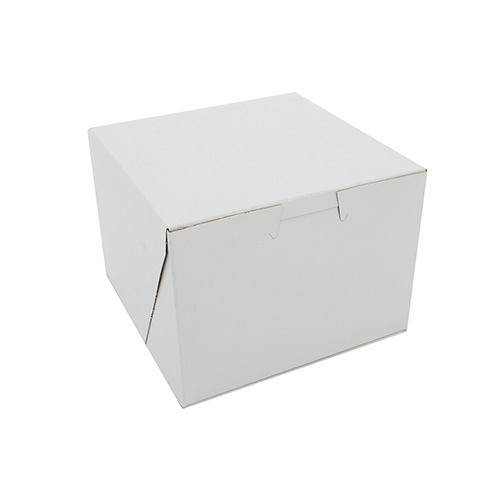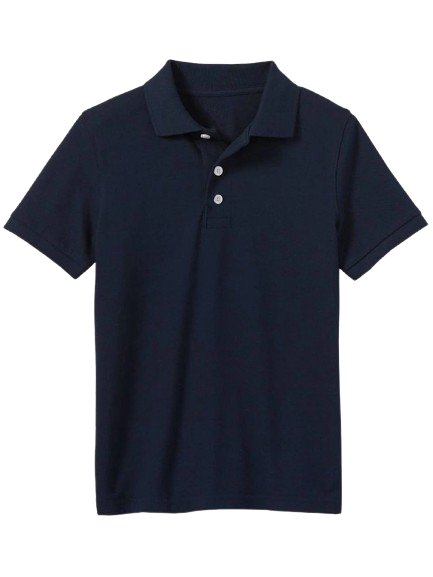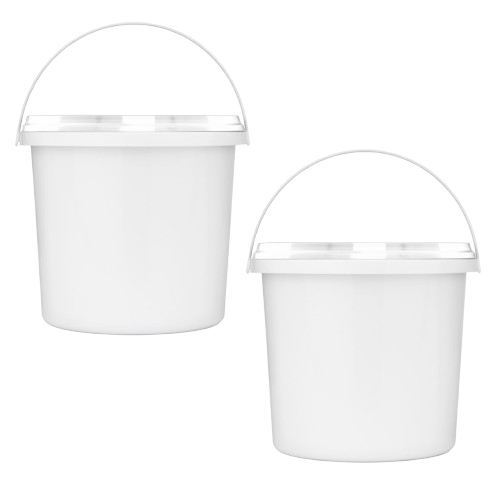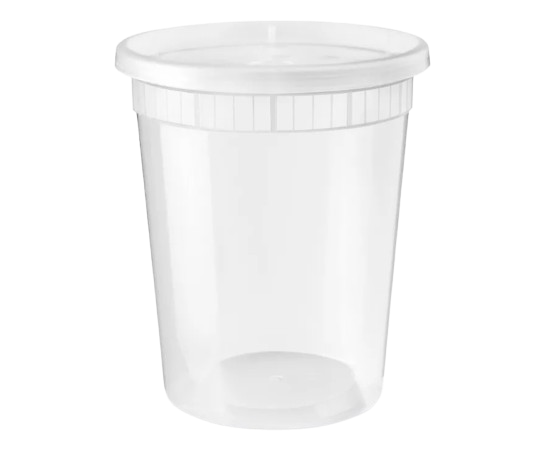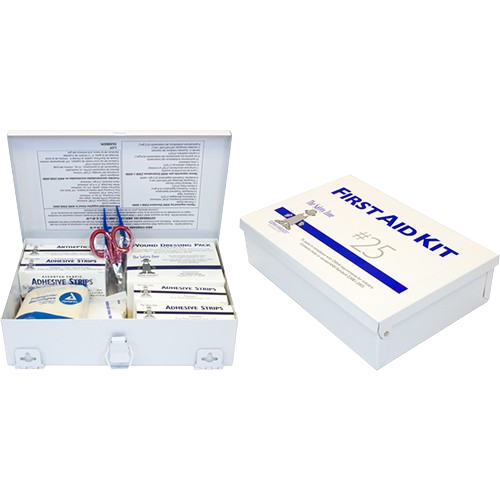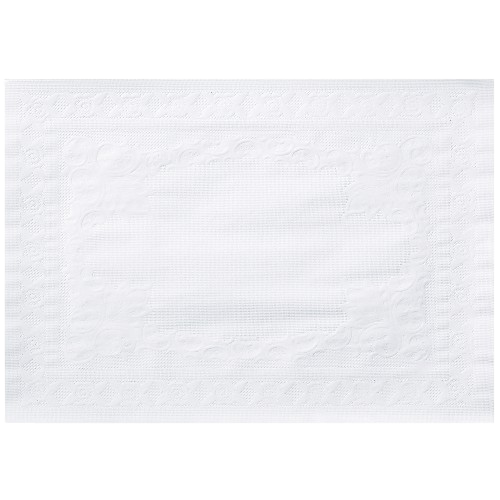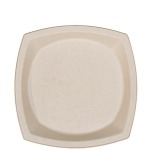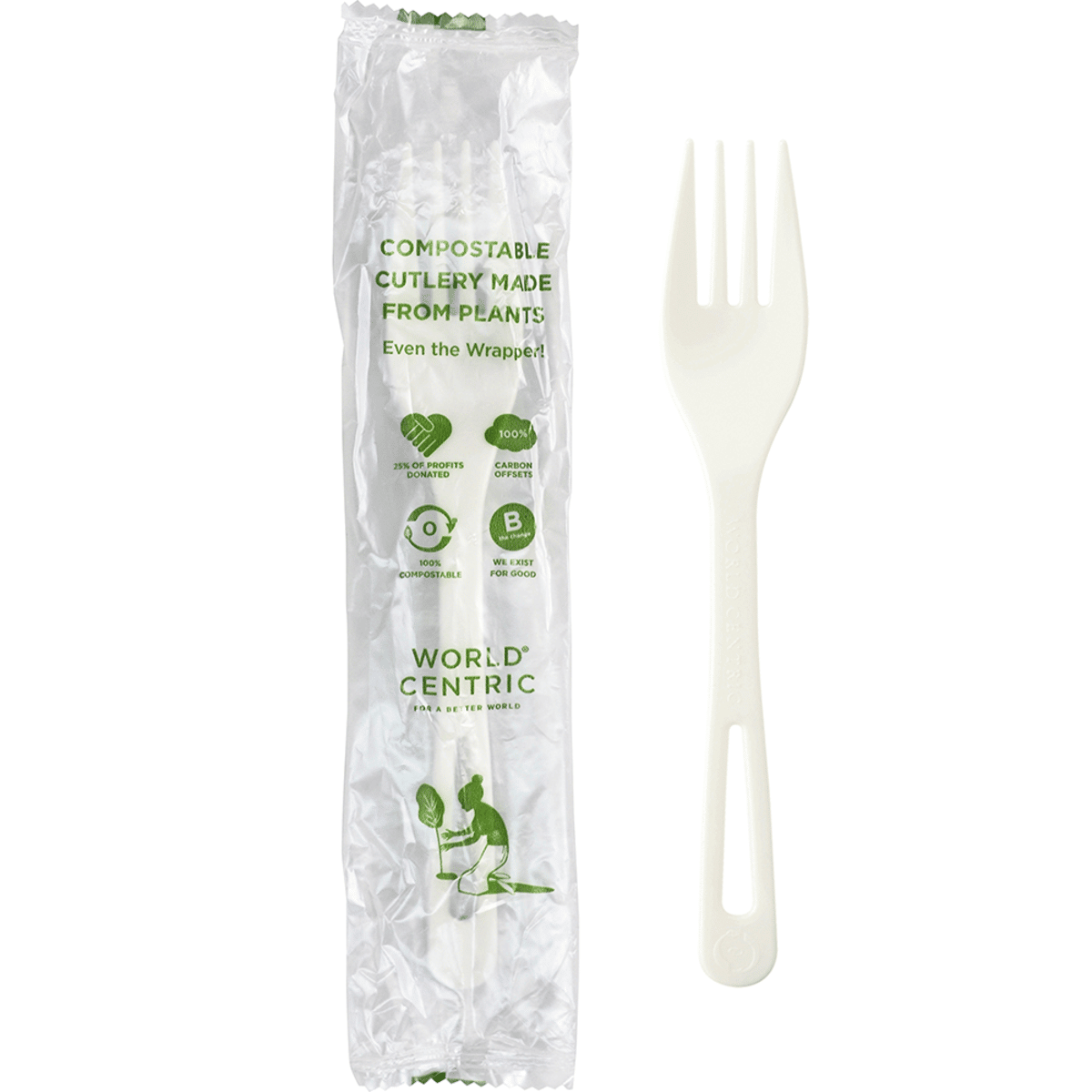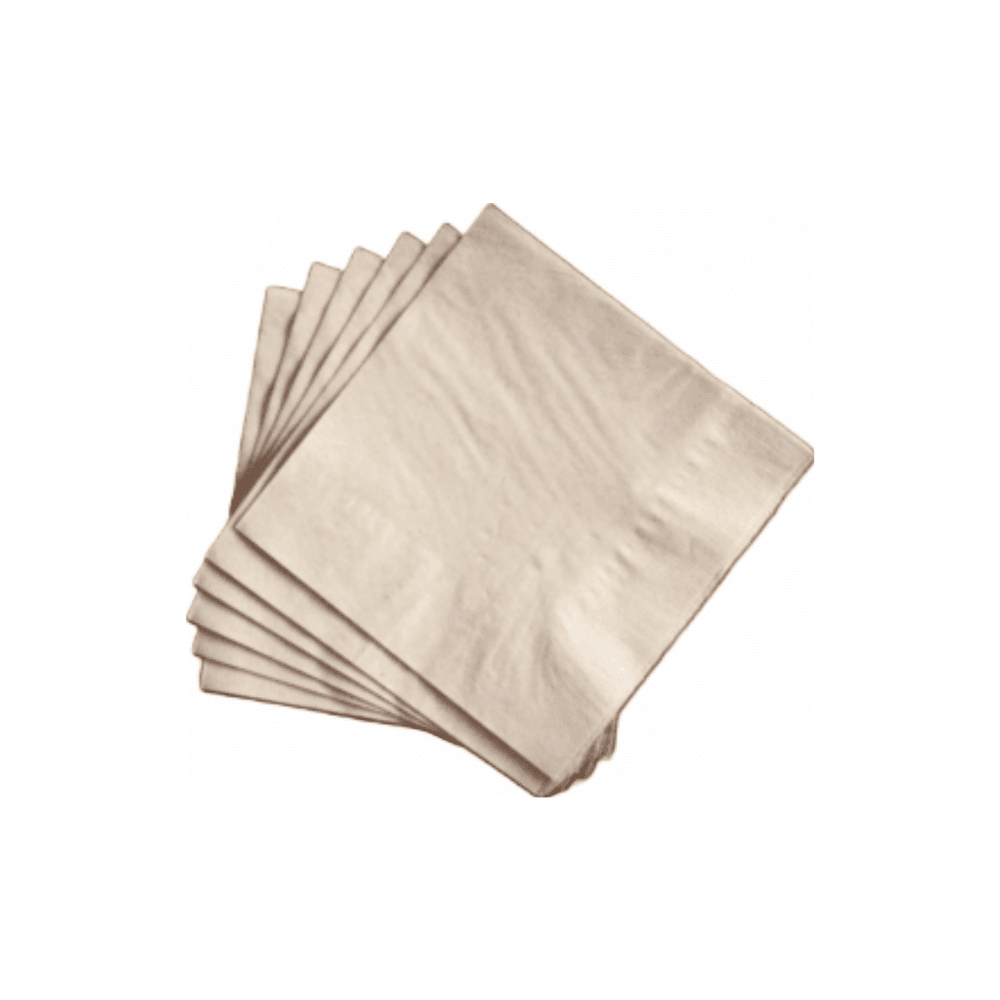
How to Seamlessly Transition Your Business to Fiber Packaging
Reasons Why Fiber Packaging and Disposables Can Be Better Than Plastic
As sustainability takes center stage in the foodservice industry, businesses are increasingly seeking eco-friendly alternatives to traditional plastic packaging. Fiber-based products like fiber bowls, fiber plates, and compostable trays are emerging as a practical and environmentally conscious solution. But what makes fiber packaging a better alternative to plastic? Let’s dive deep into the reasons, explore the pros and cons, and help you decide if this shift aligns with your business goals.
What Is Fiber Packaging?
Fiber packaging is crafted from renewable, plant-based materials such as wood pulp, sugarcane bagasse, bamboo, and other natural fibers. These materials are molded into durable and functional packaging solutions like food tray packaging, clamshell containers, and disposable tableware. Designed to reduce environmental impact, fiber packaging is often biodegradable and compostable, making it an increasingly popular choice for eco-conscious foodservice operations.
Why Fiber Packaging Is a Better Alternative to Plastic
Plastic packaging has been the industry standard for decades, valued for its durability and low cost. However, the environmental consequences have pushed businesses to explore alternatives. Here’s why fiber packaging outshines plastic in more ways than one:
1. Environmentally Sustainable
Fiber packaging is a game-changer for businesses looking to lower their ecological footprint. Unlike plastic, which can linger in landfills for centuries, fiber products are biodegradable and will break down naturally within months under composting conditions. Many fiber products are even industrially or home compostable, helping reduce landfill waste and pollution.
Additionally, materials like sugarcane bagasse and bamboo are renewable resources that grow quickly, unlike fossil fuels used to produce plastic. Choosing fiber packaging not only supports sustainability but also helps conserve non-renewable resources.
2. Enhances Brand Reputation
Today’s consumers are more environmentally aware than ever before. By adopting fiber-based products like compostable trays and fiber plates, your business sends a positive message about your commitment to sustainability. This can bolster your brand’s reputation and foster loyalty among eco-conscious customers. For many diners, supporting a business that prioritizes the planet becomes a deciding factor when choosing where to eat or order from.
In fact, incorporating sustainable packaging could even differentiate your business from competitors, giving you a unique selling point in a crowded market.
3. Versatility and Performance
Don’t let the eco-friendly nature of fiber packaging fool you—these products are designed with performance in mind. Fiber-based packaging is robust, grease-resistant, and capable of handling both hot and cold foods. Whether you’re serving a hot entrée in a food tray or packaging a salad in a compostable clamshell, fiber packaging can meet the demands of your foodservice operations without compromising on quality.
Additionally, many fiber products are microwave-safe and freezer-friendly, making them a convenient choice for customers who need versatile to-go solutions.
4. Complies with Plastic Bans
With many regions implementing bans or restrictions on single-use plastics, businesses need to adapt to stay compliant. Fiber packaging offers a simple yet effective solution that aligns with these regulations while demonstrating your commitment to responsible practices. By switching to fiber-based disposables, you can avoid potential fines and future-proof your operations against strict environmental policies.
Pros and Cons of Fiber Packaging
Before making the switch, it’s essential to weigh the benefits and limitations of fiber packaging. Here’s what you need to know:
Pros:
- Eco-Friendly: Made from renewable resources and biodegradable.
- Versatile: Suitable for hot, cold, and greasy foods.
- Improves Brand Perception: Attracts and retains eco-conscious customers.
- Regulatory Compliance: Aligns with plastic bans and sustainability goals.
Cons:
- Cost: Fiber packaging is often more expensive than plastic options.
- Moisture Resistance: May require special coatings for dishes with high liquid content.
- Customization Limits: Branding options like printing may be less versatile compared to plastic.
While the initial cost of fiber packaging is higher, the long-term benefits—like reduced environmental impact and improved customer loyalty—can more than make up for it.
How to Transition to Fiber Packaging
If you’re ready to make the switch, here are some practical steps to ease the transition:
1. Start with Key Items
Begin by replacing plastic products with fiber alternatives for your most-used items, such as introducing fiber bowls for soups and salads or compostable trays for takeout orders. Gradual implementation allows you to assess customer feedback and operational impact.
2. Buy in Bulk to Save
Purchasing fiber products in bulk can help offset higher upfront costs. At SupplyClub Wholesale Packaging, we offer competitive pricing on high-quality eco-friendly packaging solutions.
3. Communicate Your Commitment
Share your sustainability efforts with customers through in-store signage, social media updates, or your website. Highlighting your use of fiber packaging can increase customer appreciation and loyalty.
4. Explore Membership Benefits
Save even more by becoming a member of SupplyClub. Our membership program provides exclusive discounts and access to a broad range of eco-friendly packaging products.
Final Thoughts
Fiber packaging is more than a trend—it’s a sustainable, versatile, and customer-friendly solution for the future of foodservice. By adopting fiber-based alternatives, your business can align with evolving consumer expectations, comply with environmental regulations, and reduce its ecological footprint.
Take the first step toward greener packaging today. Visit SupplyClub to explore our full range of eco-friendly products and discover how we can help your business thrive sustainably.



